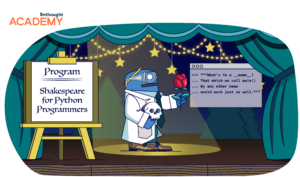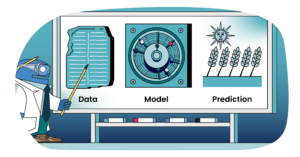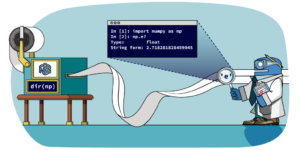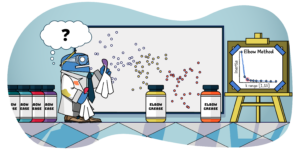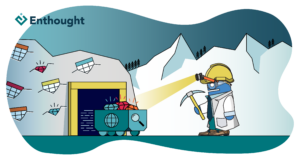Technology
Mammalian cell culture is a fundamental tool for many discoveries, innovations, and products in the life sciences.
Read MoreLike most people, I mostly interact with Python using the default REPL or with IPython. Yet, I often reach for one of the Python tools that come with the standard library. All these tools are implemented as “mains” in the various scripts and modules. Here are 7 I use on a semi-regular basis. 1. &…
Read MoreRecently, I’ve been working on a new course offering in Enthought Academy titled Software Engineering for Scientists and Engineers course. I’ve focused on distilling the software engineering best practices that we use at Enthought with our clients, with the twist of “what parts are most useful for a scientist who writes software for R&D?” After…
Read MoreIn the digital era, robust data tools are crucial for all companies and the science-driven industries like the life sciences, materials science, and chemistry are no exception.
Read Moreif __name__ == “__main__”: When I was new to Python, I ran into a mysterious block of code that looked something like: def main(): # do some stuff if __name__ == “__main__”: main() Looking at the code, I could see that it ran the main() function after checking the status of…
Read MoreWhat can we learn about machine learning from ancient astronomy? When thinking about Machine Learning it is easy to be model-centric and get caught up in the details of getting a new model up and running: preparing a dataset for machine learning, partitioning the training and test data, engineering features, selecting features, finding an appropriate…
Read MoreIn the blog post Configuring a Neural Network Output Layer we highlighted how to correctly set up an output layer for deep learning models. Here, we discuss how to make sense of what a neural network actually returns from the output layers. If you are like me, you may have been surprised when you first…
Read MoreIntroduction When we teach our foundational Python class, one of the things we do is make sure that our students know how to explore Python from the command line. This has several advantages. First, it reduces context switching – to figure out new stuff, students don’t constantly have to toggle between writing Python code and…
Read MoreIntroduction When I first started my machine learning journey, K-means clustering was one of the first algorithms I was introduced to – and it is still one of my favorites to this day. I was amazed at how elegant yet comprehensible the procedure was. There is something oddly satisfying about watching the cluster assignments and…
Read MoreIntroduction At Enthought we teach a lot of scientists and engineers about using Python and the ecosystem of scientific Python packages for processing, analyzing, and visualizing data. Most of what we teach involves nice, clean data sets–collections of data that have been carefully collected, scrubbed, and prepared for analysis. While we also mention in passing…
Read More



